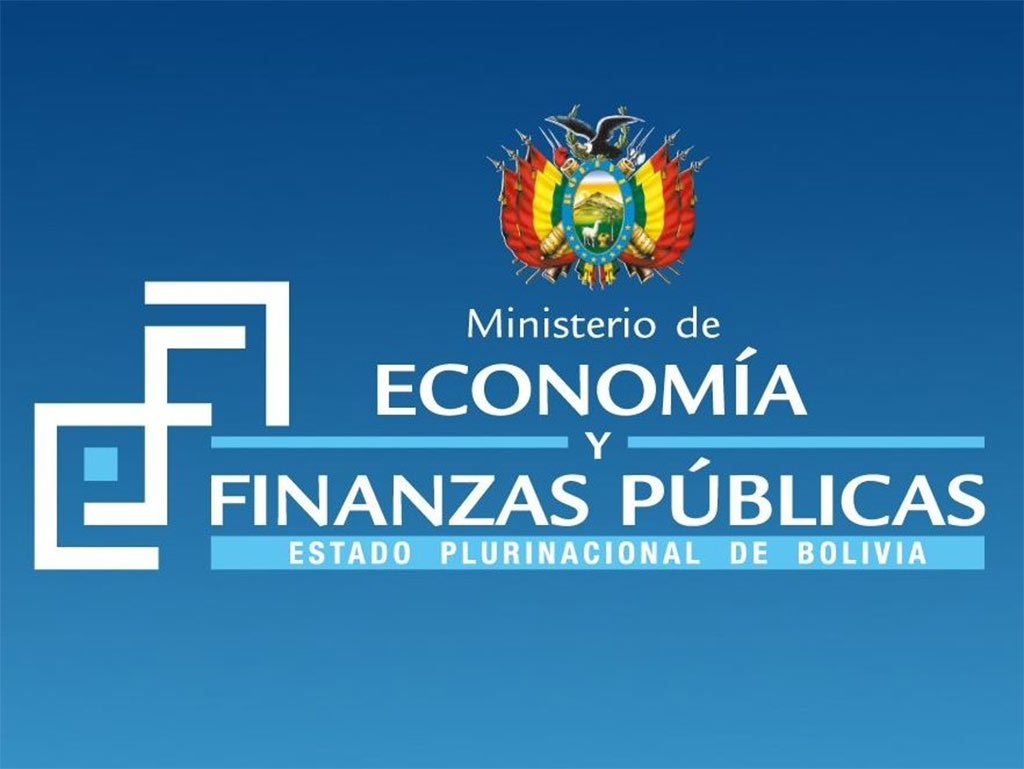“It is not consistent with fiscal figures analysis used by countries and international organizations,” the Bolivian ministry said, warning that it is essential to make some conceptual and methodological clarifications to avoid “inaccurate” interpretations.
According to Jubileo, “the country had accumulated a 185-billion-boliviano fiscal deficit from 2006 to 2022, amounting to 60 percent of the gross domestic product (GDP).”
This assertion, however, is not consistent with the analysis of fiscal figures used by countries and international organizations, according to Economía y Finanzas.
The MEFP clarified that the fiscal deficit and GDP are flow variables that correspond to specific periods, as the former measures the difference between income and expenses in a given period that can be monthly or annual, and the GDP represents the total value of goods and services produced in a year.
It indicated that considering aggregate deficits from several years and presenting them as a single year percentage of the GDP “generates distorted interpretations.”
If the global fiscal balance is analyzed as a percentage of GDP from 2006 to 2023 (excluding 2020, the period of the de facto government of Jeanine Áñez)- the ministry said- , the annual average is -3.5 percentage points.
The official view considers that, during 14 of the 17 years evaluated, current surpluses were recorded and global deficits are mainly explained by public investment.
Among the factors explaining the three years with current deficits (2021-2023), are the decrease in hydrocarbon revenues due to the wear and tear of fields.
Added to this were the expenses to manage the health emergency caused by Covid-19, which decisively contributed to reducing the spread and lethality of the pandemic, as well as the reconstruction of the economy after the poor management of the de facto Government of Añez. ied/rc/jpm









